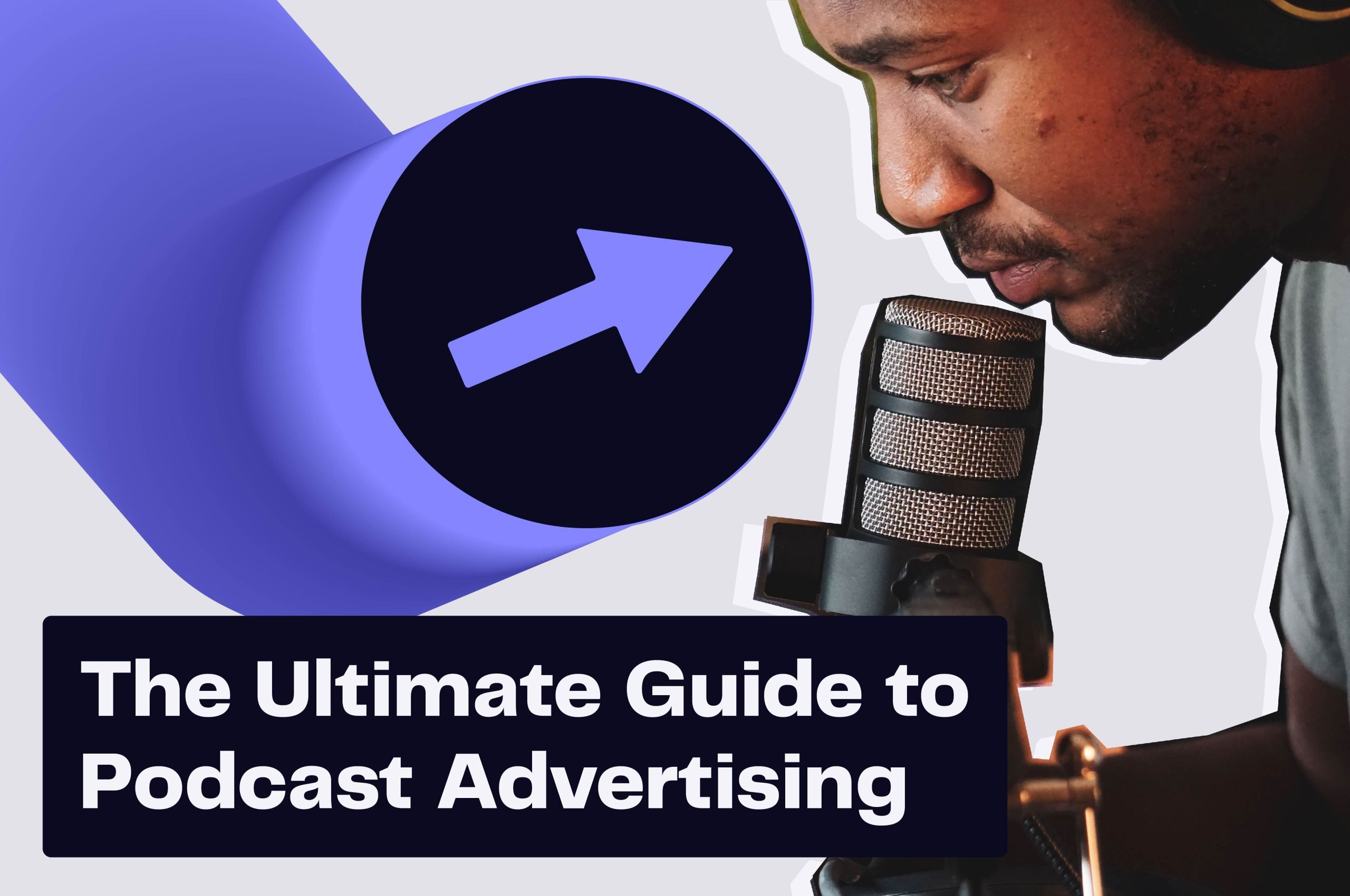Podcast Advertising: Everything You Need to Know in 2024 (Part 2)
Welcome to Part 2 of our series on podcast advertising in 2024. In this blog, we’ll dive into the different types of podcast ads, identify various ad placements, and guide you through the process of advertising on podcasts. Whether you’re new to podcast advertising or looking to refine your strategy, this comprehensive overview will provide you with the insights you need to succeed.
3 Main Types of Podcast Ads
- Live Host-Read Ads: Live host-read ads are advertisements presented by the podcast host during the recording of an episode. The host delivers the ad in their own unique manner, infusing it with their personality and energy. These ads blend seamlessly with the podcast content, creating a natural flow within the show. Their authenticity and personal touch make them effective in building a rapport with the audience, as listeners are more inclined to trust recommendations directly from the host.
- Pre-Produced Host-Read Ads: Pre-produced host-read ads are recorded by the podcast host but are scripted and produced beforehand. Unlike live host-read ads, these ads are prepared in advance, allowing for greater precision in messaging and timing. The host still presents the advertisement, but they follow a predetermined script provided by the advertiser. This type of ad offers a balance between authenticity and control, as it maintains the host’s personal touch while ensuring that key points are communicated effectively.
- Pre-Produced Voice-Over Ads: Pre-produced voice-over ads are created entirely separate from the podcast content. These ads feature a professional voice actor delivering the advertisement without direct involvement from the podcast host. Voice-over ads often include background music, sound effects, and polished production elements to enhance their impact. While they may lack the personal touch of host-read ads, pre-produced voice-over ads offer advertisers complete control over the presentation and messaging of their brand or product. They are commonly used for promoting a wide range of products and services across various podcast genres.
3 Types of Podcast Ad Placements
- Pre-Roll Ads: Pre-roll ads play at the beginning of a podcast episode, before the main content begins, grabbing the listener’s attention right from the start.
- Mid-Roll Ads: These ads are inserted into the middle of a podcast episode, typically between segments or during a natural pause in the content.
- Post-Roll Ads: These are advertisements positioned at the conclusion of a podcast episode, providing advertisers with an opportunity to connect with listeners once they’ve finished listening to the main content.
How to Advertise on Podcasts?
Here are simple steps to advertise on a podcast:
- Identify Your Target Audience: Determine the demographics and interests of your ideal customers. This will help you choose the right podcasts to advertise on.
- Find Relevant Podcasts: Look for podcasts that align with your target audience and industry. Use podcast directories and social media to discover these shows.
- Research Podcast Metrics: Check the podcast’s listener statistics, such as download numbers and audience engagement. This ensures you invest in a podcast with a substantial and active listener base.
- Contact the Podcast Host or Network: Reach out to the podcast host or their advertising network to discuss potential advertising opportunities. Be prepared to discuss your budget and campaign goals.
- Negotiate Pricing and Terms: Talk about the costs for various ad formats like pre-roll, mid-roll, and post-roll ads. Make sure the prices are affordable for you and the conditions are suitable for your campaign.
- Create a Compelling Ad: Write and produce an engaging ad that resonates with the podcast’s audience. Consider using a professional voice actor if needed to enhance the quality.
- Track and Analyze Performance: Monitor the performance of your ad campaign using tracking codes or custom URLs. Analyzing this data helps you understand the ad’s effectiveness and refine future campaigns.
- Adjust and Optimize: Use performance data to refine your ad content and its placement for improved results. Regular adjustments can enhance your return on investment over time.



